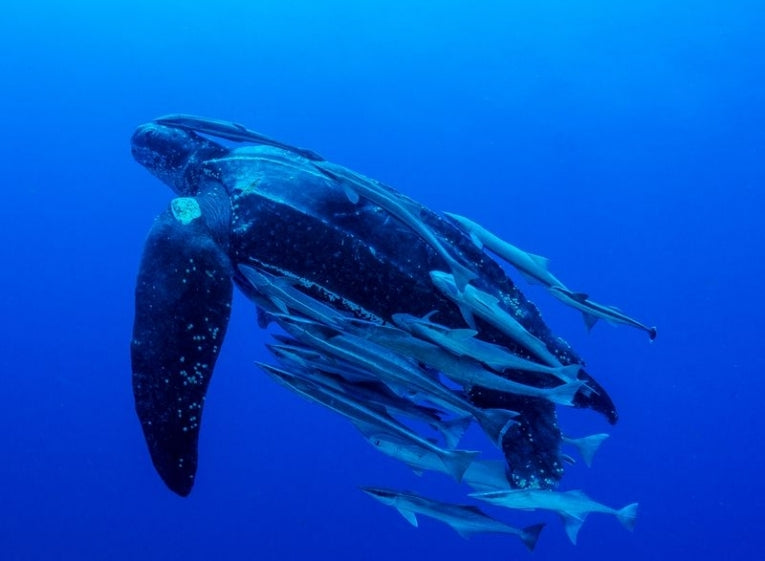The giant leatherback is the world's largest turtle with its wonderful shell and a record of a 3 metre length. Usually, specimens are observed at 2 metres and 600kg. Fast swimming and diving deeper than other turtles, it also roams into polar waters because of an adaptable metabolic rate, like that of the most advanced reptiles. Unfortunately it's endangered through fishing-related deaths and many touristic developments on the important nesting beaches.
In Puerto Rico, near one of its major nesting areas in the southern Caribbean and northern South America, the battle has raged long and often about conservation. Last year many leatherback nests were destroyed by inadvertent bulldozing of waterlogged sand. Perhaps in compensation for this bad publicity, Governor Padilla has finally declared 14km2 of the east coast to be the "Northeast Ecological Corridor."
"Today, this important, highly ecologically valuable resource is being protected forever... History is being made," is his take on the situation. No more golf courses but conservation of forest and shoreline with plenty of eco-tourism, mirroring St Kitts nearby and Trinidad, who have already declared supportive measures to prevent turtle nest destruction. The Governor has obviously noted the 860 species resident at the moment, all contributing to the vast tropical ecosystem that survives in the area. It is especially famous for its bioluminescent tides!
You can track nearly 30 leatherback turtles on this site, which encourages research in Panama and Costa Rica: www.conserveturtles.org.
Trinidad has one of the most well-known nesting beaches. 3,500 female turtles lay on its large Grande Riviere beach. This didn't prevent some useless demolition workers destroying thousands of eggs in their ignorance last year. Exactly what happened in Puerto Rica! Now Puerto Rico has established a reserve we can expect all of the islands, and countries around the world to become involved more and more to help this largest of the chelonians and some even more critically endangered species.










